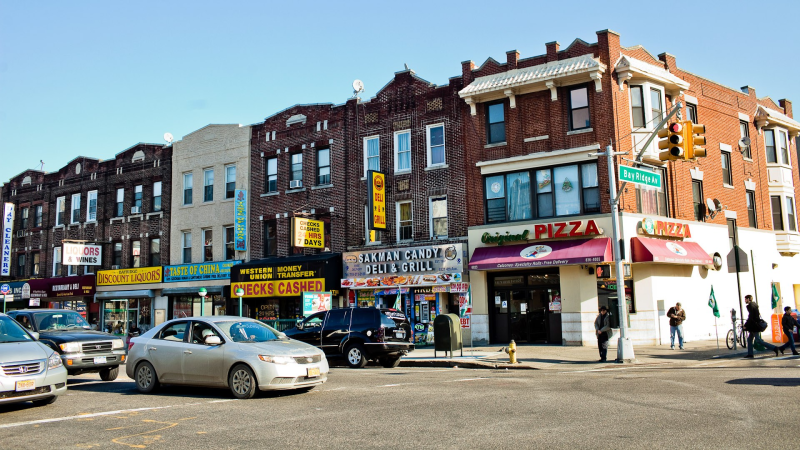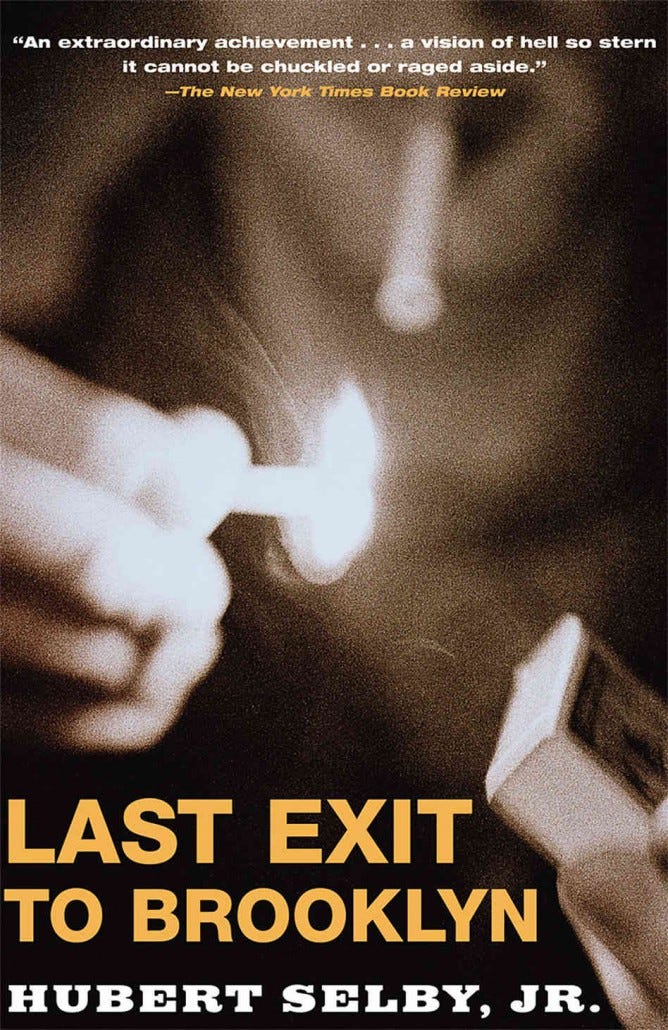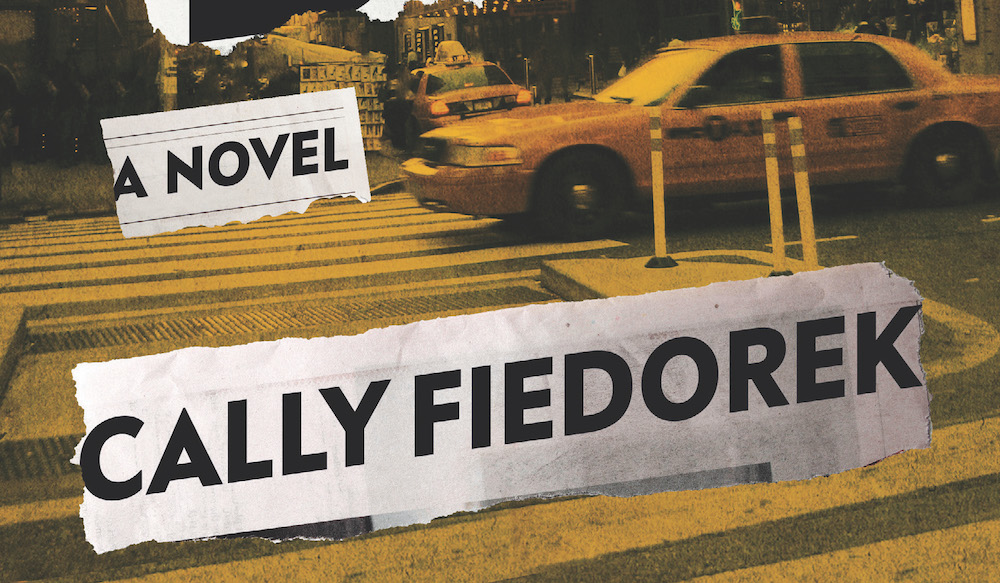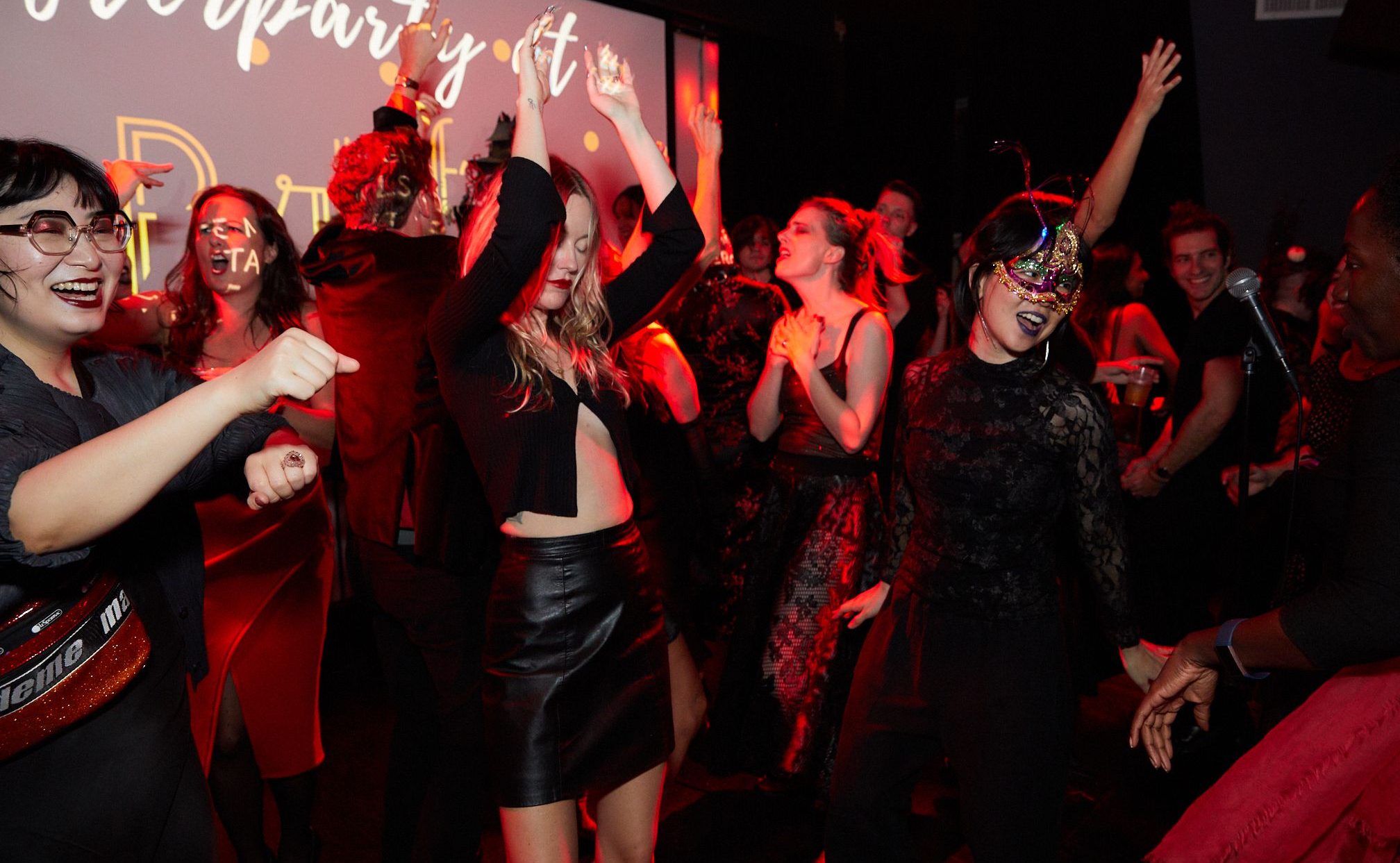Books & Culture
Gilbert Sorrentino: The Lost Laureate of Brooklyn

The last thing Gilbert Sorrentino did before he left California was sell his car. The novelist, a favorite of other writers if not the average American reader, called it the happiest day of his life: like many a native New Yorker, Sorrentino didn’t drive, not really. He had finally learned at the age of 52, the year before the born-and-bred Brooklynite and long-time Gothamite took a job teaching writing at Stanford. He stayed there 20 years, though his novels never lost their disparaging references to California, its culture and its weather. When he retired from teaching in 2002, he did something most people of his generation who left Brooklyn never did — he came back, back to Bay Ridge, the neighborhood where he’d grown up, the childhood setting that had occupied much of his literary imagination.
Most people who have heard of that guitar pick-shaped neighborhood in the southwest corner of Brooklyn know it as the setting of Saturday Night Fever, a series of disco boulevards cut with modest homes for Catholic families — an outdated conception akin to Williamsburg’s being a gritty industrial neighborhood. Maybe others know it’s now home to a strong Middle Eastern community, offering the best falafel south of Atlantic Avenue. But the one thing casual observers and even long-term residents would never associate it with is a literary pedigree.
Of course the borough at large has such a reputation, different neighborhoods boasting individual laureates: Williamsburg with Betty Smith and Daniel Fuchs; Boerum Hill, Paula Fox and Jonathan Lethem; Park Slope, Pete Hamill and Paul Auster; Brooklyn Heights, Truman Capote and Hart Crane. And so on. As the editors of a local literary magazineonce joked, it’s more notable nowadays for authors’ bios to proclaim that they don’t live in Brooklyn rather than that they do.

So who writes for Bay Ridge? The most hard-pressed might come up with Hubert Selby, Jr., who grew up there and rose to fame writing about its rough-and-tumble northern industrial annex; the author bio on the back of his debut, Last Exit to Brooklyn, boasts that he graduated from PS 102, an elementary school on Ridge Boulevard. Like many down-heeled families in the 20th century, his moved around: I’ve read he lived on 68th Street, that he lived on 72nd and Third. His still-notorious first novel is set on the outskirts of the neighborhood, near the Brooklyn Army Terminal, in the general vicinity of 57th Street and Second Avenue. (Today, we consider this Sunset Park, but back then — before the middle-income housing towers on 65th Street created in 1972 a feeling of stark neighborhood finitude — the borders of Bay Ridge were more nebulous, and certainly extended farther north.)
Selby depicts a Bay Ridge in stark contrast to its present-day reputation as a nice place to raise a family: it’s packed with thugs, crooks, lowlives, preyed-upon transvestites — even factories! While humanizing those on society’s bottom rungs, Selby doesn’t romanticize them: it’s a brutal book full of beatings, rapes, domestic abuse, and sexual frustration manifest as rage and violence. If nothing else, it functions as a corrective to those who’d romanticize the years after the war, instead exposing the underbelly of the Eisenhower era.
Selby would publish several more novels during his life, most of them after he too moved to California — Los Angeles specifically, where he would teach writing at the University of Southern California before dying in 2004. He took to the state maybe in a way Sorrentino didn’t. None of his subsequent novels would be so essentially set in the old neighborhood, though some would be set in other parts of Brooklyn — like his other most famous book, Requiem for a Dream (1978) — or other parts of the city, like the poorly received The Willow Tree (1998), set in the South Bronx.
That’s in contrast to Sorrentino, who was Selby’s childhood friend and later also his colleague — the man to whom Selby would dedicate his lasting masterpiece. The first page of Last Exit to Brooklyn reads “To Gil” — his fellow PS 102 graduate. “My first memory of Gil was a tall, skinny kid with a crossed eye walking down 71st street going to school,” Selby wrote in 1981. After the war, Selby hung onto Sorrentino and his pals, bullshitting with them at the Royal Diner on Bay Ridge Avenue and in nearby bars, drinking beers after hours in parked cars. Sorrentino encouraged the chronically ill Selby to take up writing; because Sorrentino was then working at an editor at Grove Press — the notorious publishing company that also published the works of Henry Miller and other essential mid-20th century authors — he also edited Last Exit, and even wrote that bio on the back. (Sorrentino’s first editing assignment at Grove had been The Autobiography of Malcolm X.)

Sorrentino would eventually begin publishing his own work, both poetry and fiction. Pantheon published his second novel (and fifth book), Steelwork, in 1970. The cover of the first edition showed a stylized image of the street signs at the intersection of 68th Street and Fourth Avenue, the locus of Sorrentino’s Bay Ridge, which usually doesn’t extend farther than Senator to 72nd streets, Third to Fifth avenues. It’s confined in its own way, like Selby’s. (Gerald Howard, in a 2011 article in the Review of Contemporary Fiction, identified at least one address where Sorrentino grew up, between Fourth and Fifth avenues on Senator Street, a block between 67th and 68th streets named for Henry C. Murphy, the 19th-century Brooklyn mayor and state senator who once lived at the street’s west end, on an estate that’s now Owl’s Head Park.)
Steelwork’s main character, basically, is Bay Ridge — or at least Sorrentino’s corner of it. In dozens of short chapters, set from 1935 to 1951, he sketches out its denizens, people of all kinds — kids, drunks, workers, vets — most of whom share a commonality with Last Exit’s lowlives: they’re addicted to alcohol and tremendously sexually frustrated, fantasizing at home, at school, or on the corners about neighborhood girls, sometimes even cruising for men in the local parks. Many of these characters would reappear in later books.
Sorrentino would publish 18 novels, a story collection and a novella — plus eight volumes of poetry and another of criticism — repeatedly returning to the neighborhood. One of his late books, Little Casino (2002), like Steelwork, is made up of vignettes — in this case, 52, like a deck of cards — about the neighborhood, including a story in which a child is crushed by a scow when he hops off the 69th Street Pier. Crystal Vision (1981)is set almost entirely in a local candy store, its 78 vignettes — like a deck of Tarot cards — depicting a group of eccentric men as they meet daily to shoot the shit and share strange, Tarot card illustration-inspired stories. Red the Fiend (1995) relates the story of a boy growing up on 68th Street, where the horrifying abuse of a tyrannical grandmother turns him into a little monster. Aberration of Starlight (1980) picks up those characters — first introduced in Steelwork — a few years later on vacation in New Jersey, near Budd Lake, and though it’s not set in Brooklyn, there are plenty of nods to the neighborhood. We learn, for example, that the kid attends PS 170 — four blocks east from the author’s own alma mater.

Gilbert Sorrentino is far from a household name, but he’s pretty well-known within literary circles; he has a reputation as a writer’s writer. Few of his books are like the others: he was constantly reinventing his style, which can be frustrating for critics; that might be why he never achieved the literary stardom he deserved. He’s known as a postmodernist, for an avant-garde style; his most popular book is Mulligan Stew, though it’s not even that popular: if you Google “mulligan stew,” the first page of results has several links to dog food but none to the novel. The New York Times Book Review described it in 1979 as “raising experiment to the level of high intellectual comedy… [a] neo-Joycean concoction [that] endlessly animates meaning’s comic self-contradictions.” It’s a funny novel, but not a light one. The Miami Herald called it “relentlessly bookish,” which I’m pretty sure was meant as a compliment. “He was the best French writer America had,” his friend and later-in-life publisher John O’Brien wrote in an email.
“He mined his Brooklyn boyhood in several novels… but the paramount subjects were innovative uses of language and structure,” read his Washington Post obit, though you could easily reverse that. His Brooklyn novels are structurally experimental, but they also adopt a realist style; they’re full of local detail and color. A chapter about movie theaters in Steelwork begins, “They went to the Alpine because it was there,” as true in 1941 as it is in 2014. In Crystal Vision, the characters argue, with hilariously excruciating specificity, about the names of the series of parks that stretch about a mile from Fort Hamilton Parkway to the shore:
You know the name of that park is not really Triangle Park, Irish Billy says. It’s really Leif Eriksson Park.
I thought it was Owl’s Head Park, the Drummer says.
No, Owl’s Head Park is the part of the park down by the Narrows, Irish Billy says.
That’s Bliss Park, Cheech says.
You’re all wrong, Professor Kooba says. The park from 8th Avenue down to Colonial Road is Leif Eriksson Park. Then, the little part of the park from Colonial down to the water is Owl’s Head Park. Triangle Park and Bliss Park are time-honored neighborhood names — not official names.
The way I always call it, Big Mickey says, is this. From the water up to Colonial, Bliss Park. From Colonial to 4th Avenue, Leif Eriksson Park. From 4th to almost 5th Avenue, Triangle Park. Then just at 5th you have the softball field. Across the street from 5th to 6th, you have the playground and the big softball field. From 6th to 7th, that’s the 6th Avenue Park and from 7th to 8th, that’s the 8th Avenue Park or else you can call it the end of Leif Eriksson Park if you want.
There are copious such hyperlocal references: to Fontbonne girls, uniformed Catholic high-schoolers that have served as the object of many generations of adolescent male fantasy; to the hoity-toityness of people who live on Ridge Boulevard, the avenue that marks the start of the neighborhood’s tonier residential area; to obscure side streets, like Ridge Crest Terrace; and to a slew of mostly forgotten bars, since replaced by other bars, including Lento’s, Carroll’s, up on Fifth Avenue — whose sign was only recently taken down, though the space has been long-shuttered — the Melody Room, where the bank on the northeast corner of 72nd Street and Third is now, and Henry’s, on Fourth Avenue near the Bay Ridge Avenue subway station. (According to long-standing local apocrypha, the neighborhood holds a Guinness World Record for most bars per capita.)
These might float right over the heads of casual readers, but a familiarity with the neighborhood isn’t necessary for enjoying Sorrentino’s work. He’s a moving, smart, sincere, funny and inventive novelist, firmly principled and unforgiving of aesthetic bullshit. If he’s a “writer’s writer,” and Bay Ridge is not a neighborhood known for its writers, you can imagine his work has appealed mostly to people from elsewhere.
But there’s something tragic in that. Sorrentino died of lung cancer in Brooklyn in 2006; he remains widely uncelebrated in his own neighborhood, his own borough, despite the fact that so many of his books are set there, and he lived so much of his life there. The Fort Hamilton High School Alumni Association doesn’t list him in its Hall of Fame. The libraries don’t stock his books, and neither does the local bookstore. I spent 30 years in Bay Ridge as a bookish neighborhood enthusiast without ever hearing his name, until a poet mentioned it to me in passing at an open mic in a bar. Sorrentino gets one mention in Evan Hughes’s comprehensive and otherwise wonderful study, Literary Brooklyn — in passing, during the few pages dedicated to Selby.
Unlike Selby, who left and never looked back, Sorrentino returned, getting a co-op on Shore Road. One of his final interviews, with Gerald Howard for Bookforum, took place at the Bridgeview Diner, a 24-hour neighborhood institution “featuring several acres of faux marble and silvered mirrors,” as Howard wrote — a nice stroll from Sorrentino’s new digs.
The writer deserves a wider audience in general, but that needs to start in his hometown. We need to claim him as our own, keep his books — almost all of which are in print, thanks mostly to the Dalkey Archive Press — in stock at the Bookmark Shoppe and the Bay Ridge Library (on the same block as PS 102), talk about him when we talk about arts in the neighborhood, declare him our laureate emeritus. Because not only does his work speak deepest to us who understand its place better than any other reader, it also shows us that our own voices and stories, our own experiences of the neighborhood, are valid: something the residents of so many other neighborhoods have been told, but not us. (Admittedly, Sorrentino’s Bay Ridge is both familiar and foreign; it belongs to my grandparents. But we won’t get a Sorrentino for our own age until we accept the original.)
There was a time when if you wanted to make it, you had to leave Bay Ridge: Tony Manero’s driving his car across the Brooklyn Bridge at the end of Saturday Night Fever. And that goes for Brooklyn in general: the list of famous artists born in Brooklyn in the 20th century is impossibly long; the list of those who died here is not. But Sorrentino shows us that you can stay here, in mind if not always in body, and still create a powerful and meaningful body of work. It’s just harder to sell it to all those who underestimate the neighborhood and its residents — and our ability to produce respectable art. When Bay Ridge reclaims Sorrentino, it will reclaim itself.
[Editor’s note: Electric Literature’s weekly magazine, Recommended Reading, recently published Sorrentino’s short story “The Moon in Its Flight.” You can read it here.]









